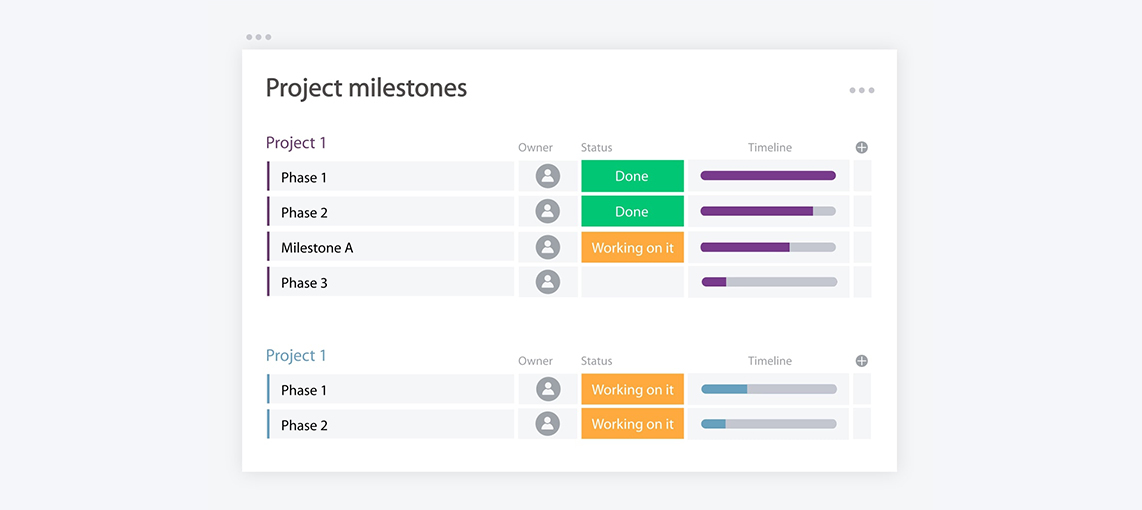
The Ultimate Guide to Interior Project Management: Key Steps for Success
Introduction:
Managing an interior design project requires a blend of creativity, organization, and strategic planning. Whether you're working on a residential renovation, a commercial office fit-out, or a large-scale interior overhaul, effective project management is key to ensuring that the project meets its goals, stays within budget, and is completed on time. In this ultimate guide, we'll walk you through the key steps for successful interior project management, offering practical advice and best practices for each stage of the process.
1. Define The Project Scope And Objectives

The foundation of any successful interior project is a clear and well-defined scope. This involves understanding the client's vision, setting specific goals, and outlining what is to be delivered.
Why It Matters:
Clarity: A well-defined scope prevents misunderstandings and scope creep, ensuring that all stakeholders have a shared understanding of the project’s goals.
Budget And Timeline: Clear objectives help in creating a realistic budget and timeline, minimizing the risk of cost overruns and delays.
Steps To Take:
Initial Consultation: Engage with the client to discuss their needs, preferences, and budget. Gather detailed information about their vision and requirements.
Create A Project Brief: Document the project scope, objectives, deliverables, and constraints. Include details such as design preferences, functional requirements, and any specific requests.
Set Milestones And Deliverables: Establish key project milestones and deliverables, and create a timeline for achieving them.
2. Develop A Comprehensive Project Plan

A detailed project plan outlines the tasks, resources, and timeline needed to execute the project successfully. It acts as a roadmap, guiding the entire project from start to finish.
Why It Matters:
Organization: A comprehensive plan helps ensure that all aspects of the project are addressed, reducing the risk of oversight or missed deadlines.
Coordination: It facilitates coordination among team members, contractors, and clients, ensuring everyone is on the same page.
Components To Include:
Timeline: Create a Gantt chart or schedule that outlines key phases, tasks, and deadlines.
Budget: Develop a detailed budget that includes estimates for materials, labor, and other expenses. Include a contingency fund for unexpected costs.
Resource Allocation: Identify the resources needed for each phase of the project, including personnel, materials, and equipment.
3. Assemble And Manage The Project Team

Building and managing a skilled project team is crucial for executing the project effectively. This team typically includes interior designers, architects, contractors, and subcontractors.
Why It Matters:
Expertise: Each team member brings specific skills and expertise necessary for different aspects of the project.
Coordination: Effective management ensures that tasks are completed on time and that team members collaborate smoothly.
Steps To Take:
Select Team Members: Choose professionals based on their expertise, experience, and compatibility with the project.
Define Roles And Responsibilities: Clearly outline each team member’s roles, responsibilities, and expectations to avoid confusion and overlap.
Facilitate Communication: Implement regular meetings and use project management tools to keep everyone informed and aligned.
4. Monitor Progress And Manage Risks

Regular monitoring and proactive risk management are essential for keeping the project on track and addressing any issues that arise.
Why It Matters:
Timeliness: Monitoring progress ensures that the project stays on schedule and allows for timely interventions if delays occur.
Risk Mitigation: Identifying and managing risks early helps prevent minor issues from escalating into major problems.
Steps To Take:
Track Progress: Use project management software or tools to monitor progress against the plan. Regularly update the timeline and budget as needed.
Conduct Regular Meetings: Hold regular progress meetings with the team to review status, discuss challenges, and plan next steps.
Manage Risks: Identify potential risks and develop contingency plans. Address issues promptly to minimize their impact on the project.
5. Ensure Quality Control

Quality control involves ensuring that the project meets the required standards and specifications. It includes regular inspections and adherence to design and construction standards.
Why It Matters:
Client Satisfaction: High-quality work ensures that client expectations are met and enhances overall satisfaction.
Durability: Proper quality control helps ensure that materials and workmanship are up to standard, leading to longer-lasting results.
Steps To Take:
Conduct Inspections: Regularly inspect work at different stages of completion to ensure it meets design specifications and quality standards.
Review Design Specifications: Ensure that all work aligns with the approved design and project requirements.
Address Issues: Resolve any quality issues promptly to avoid delays and additional costs.
6. Manage Project Close-Out And Evaluation

The close-out phase involves finalizing all aspects of the project, ensuring that all deliverables are completed, and conducting a post-project evaluation to assess the project’s success.
Why It Matters:
Completion: Proper close-out ensures that the project is fully completed and all deliverables are handed over to the client.
Learning: Evaluating the project provides insights into what went well and what could be improved, informing future projects.
Steps To Take:
Final Walkthrough: Conduct a final walkthrough with the client to ensure that all aspects of the project are completed to their satisfaction.
Complete Documentation: Provide the client with all relevant documentation, including warranties, maintenance instructions, and project records.
Conduct a Post-Project Review: Evaluate the project’s success, gather feedback from the client and team, and identify lessons learned.
Conclusion:
Effective interior project management is essential for delivering successful design projects that meet client expectations and are completed on time and within budget. By following these key steps—defining the project scope, developing a comprehensive plan, assembling and managing the team, monitoring progress, ensuring quality, and conducting a thorough close-out—you can navigate the complexities of interior design projects with confidence. At Just Fit Out Interior Decoration L.L.C, our experienced team is dedicated to providing top-quality Interior design is more than just aesthetics it's about creating spaces that inspire, function seamlessly, and reflect your unique style.
"Transform your space with expert design contact Just Fit Out Interior Decoration to schedule a consultation and bring your vision to life."
